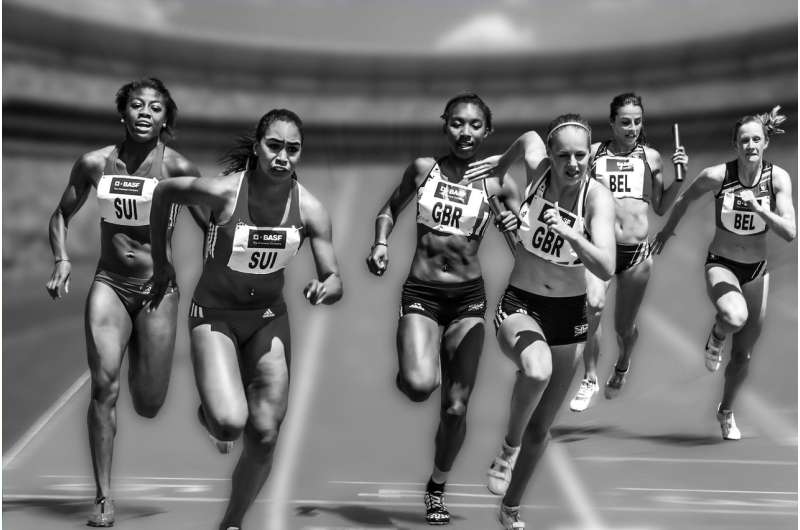

How well athletes have been able to adapt and maintain their training load during the COVID-19 pandemic will have a major impact on their performance at the Tokyo Olympic Games, according to a Deakin University sports scientist.
Dr. Lyndell Bruce, from Deakin’s Centre for Sport Research, said for some athletes the pandemic had provided opportunities to take their training to new levels. In contrast, for others, it has thrown up overwhelming challenges. How successful their training efforts have been will become clear when the competition begins.
“With the various lockdowns that have happened in Australia and around the world most athletes have not been in a position to train as normal,” Dr. Bruce said.
“Some have taken creative approaches to pivot their regimes to maintain their training loads such as swimmers training in the backyard pool or athletes creating skills challenges in and around their home. However, others might not have been able to adapt their training due to the challenges, not just the physical but the social and emotional.”
“The pandemic also forced some athletes to take a step back from competing, with the cancelation of world championships and other competitions over the last two years. For those athletes it provided an opportunity to spend more time on a specific training focus to improve endurance, power or speed or work on something they may not have developed while focused on competition.”
“Team sports may be affected more than individual athletes because they haven’t been able to get together to work on their on-field or court tactics and teamwork, whereas individual athletes don’t typically have that additional challenge.”
“Due to the different ways training has been managed, we are likely to see some athletes achieve personal bests while others may not perform as well because they were not able to adapt their training adequately.”
“For Australian competitors it will be interesting to see if the Victorian athletes, who faced the longest periods of lockdown during 2020, are worse off than other states, or whether they have been able to bounce back in the first half of 2021.”
Dr. Bruce explained that maintaining training load is key in the lead up to major competitions such as the Olympic Games.
“Training load is the amount of physical work an athlete undertakes during training and competition,” Dr. Bruce said.
“Monitoring the impact of accumulated loads over a period of time, e.g. a week or month, provides an estimate of how the training affects the body, such as increased strength or speed, and is used to adapt programs to maximize performance potential and minimize the risk of injury.”
“Increasing load too quickly may place an athlete at a greater risk of injury. Not providing enough load can also increase injury risk if the athlete is not prepared for the sport’s demands.”
“Even with interruptions to training in the lead up to this year’s Olympics, if athletes have been able to resume some resemblance of ‘normal’ training there won’t be a higher risk of injury. A lot of sports have been able to resume some level of competition in 2021, so it’s likely most athletes have competed in the lead up to the Olympics and should have a good base to compete off.”
Dr. Bruce said that trying to maintain a level of normality to their preparations ahead of competing will be important if athletes are to perform at their best in Tokyo.
“It will be interesting to see how athletes manage this, given many won’t have had the opportunity to complete a ‘normal’ preparation such as acclimation training, nor have the opportunity to enter the athlete’s village when they normally would,” she said.
“Athletes will need to be as prepared as possible with nutrition, hydration, sleep and physical preparation, but also be adaptable given they will be in and out of Tokyo quite quickly, so it will be far from normal.”
Source: Read Full Article